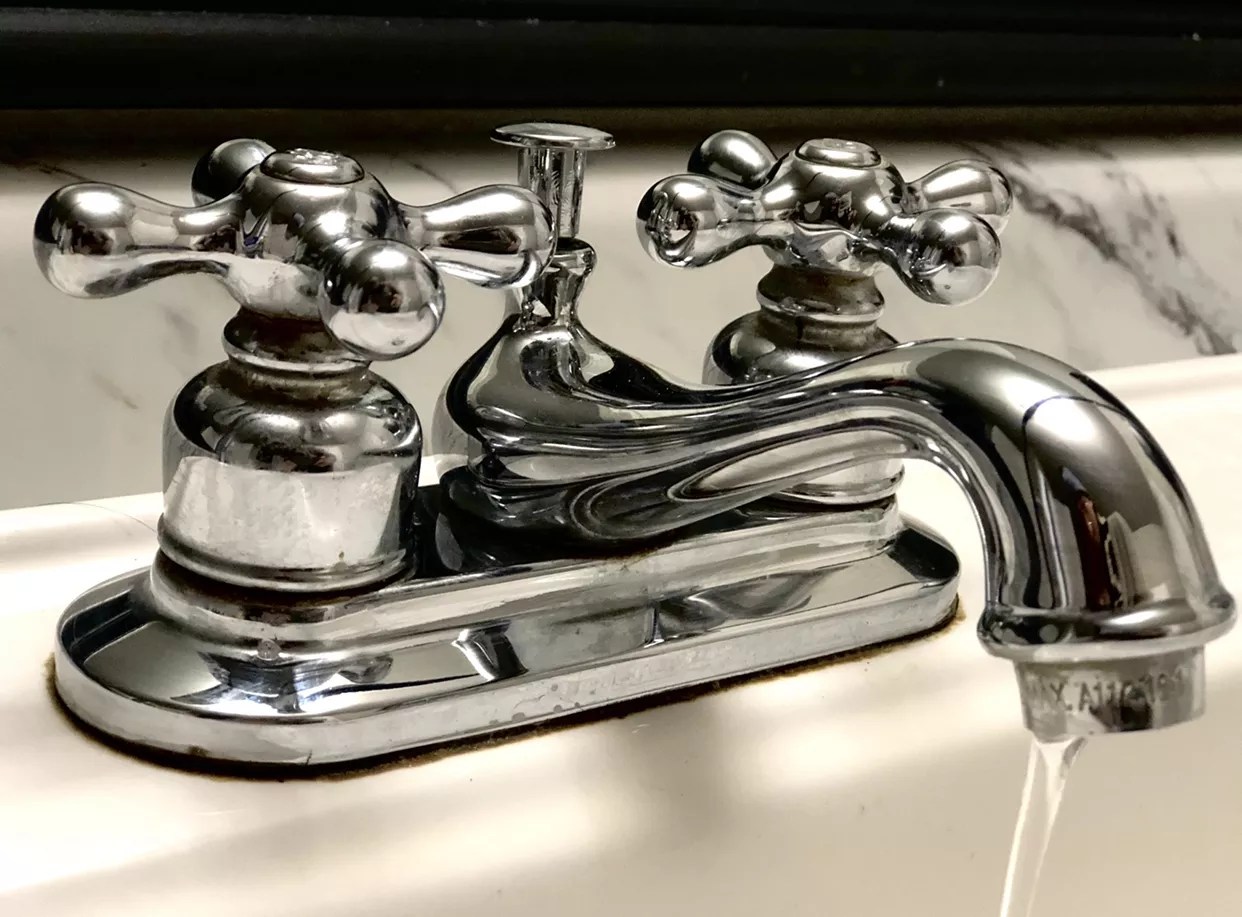
Jacob Vaughn

Audio By Carbonatix
If you received a vague, slightly scary letter about lead pipes from Dallas Water Utilities in the last few weeks, you aren’t alone.
A spokesperson for the city told the Observer that, since Oct. 29, nearly 235,000 customers across Dallas have been notified that their water service line is made of an unknown material that may or may not be lead. The letter then goes on to list the detrimental health effects of lead exposure, including heart disease, high blood pressure, kidney or nervous system problems in adults and learning and developmental issues in children.
These letters have understandably caused quite a stir across Reddit and neighborhood apps like Nextdoor, but the panic may be unwarranted. According to Daniel Johnson, manager of Dial One Johnson Dallas Plumbing, lead pipes are increasingly rare, and the letters may be symptomatic of a trend in health testing more than a real problem.
“Right now the hot button [topic] is lead because the EPA told these cities ‘You need to report to your municipalities that [the pipes] should be checked,” Johnson told the Observer. “It’s not likely you’re going to find lead pipes anywhere. I’ve been doing this for close to 30 years and I’ve never found lead pipes.”
Will you step up to support Dallas Observer this year?
We’re aiming to raise $30,000 by December 31, so we can continue covering what matters most to you. If the Dallas Observer matters to you, please take action and contribute today, so when news happens, our reporters can be there.
Complying With an EPA Order
The letters sent out by DWU were a necessary measure to comply with changes made to the Environmental Protection Agency’s lead and copper rules, which were revised in 2021. The changes to the provision called on water utilities across the country to complete an inventory of the material all service lines are made of, and that inventory was submitted to the EPA in October.
In many cases the material service lines are made of is “unknown,” which is the case for your service line if you received a letter. Cities now have 10 years to make that unknown, known, and Dallas will be required to investigate a majority of the private lines in the city. Of the 320,491 service lines managed by DWU, around 235,000 customers have been identified as having a service line made of unknown material, the spokesperson said.
“Property owners are responsible for maintaining the private portion of the service line, including replacing any lead plumbing inside their premises and along their property coming from the meter,” we were told by the city.
So far, only six homes have been identified by the city as having galvanized pipes – steel pipes dipped in a protective zinc – that should be replaced, the city said. Galvanized pipes, more common in homes built prior to the 1960s, can contain small amounts of lead. No service lines have been positively identified for lead.
If you happen to know what material your pipes are made of, you can help the city out so DWU can take your home off the list. You can share that information with the city through an online survey.
Homeowners who may be concerned about contaminants in their water should start with an at-home drinking water test kit, Johnson advises. These kits are similar to chlorine testing kits used for swimming pool maintenance; strips of paper turn specific colors to indicate a range of contaminants found in the water. The kits can be found for under $10 at Target and Walmart.
“That’s going to be the fastest, cheapest, easiest test to do,” Johnson said.
The at-home test kits do introduce room for human error, though, so as a second measure, Johnson recommends purchasing a lab testing kit. With a bit of a price bump (around $20), you can mail a small vial filled with water to a lab to have it tested by professionals. These kits are also sold at Target and Walmart.
If those tests come back positive, Johnson said it is more likely that the source of the lead is faulty filtration than lead pipes. Filtration is something he believes homeowners need to be more aware of, and he recommends looking at the Environmental Working Group’s Tap Water Database to see exactly what contaminants have been identified in the tap water in your ZIP code.
“Lead is just a part of the whole equation of water being delivered to homeowners,” Johnson said. “Every homeowner, in my opinion, should go through steps to improve the quality of their own water.” How to Check Your Water for Lead